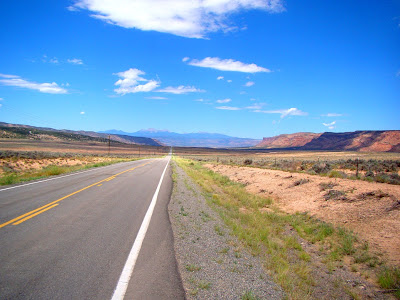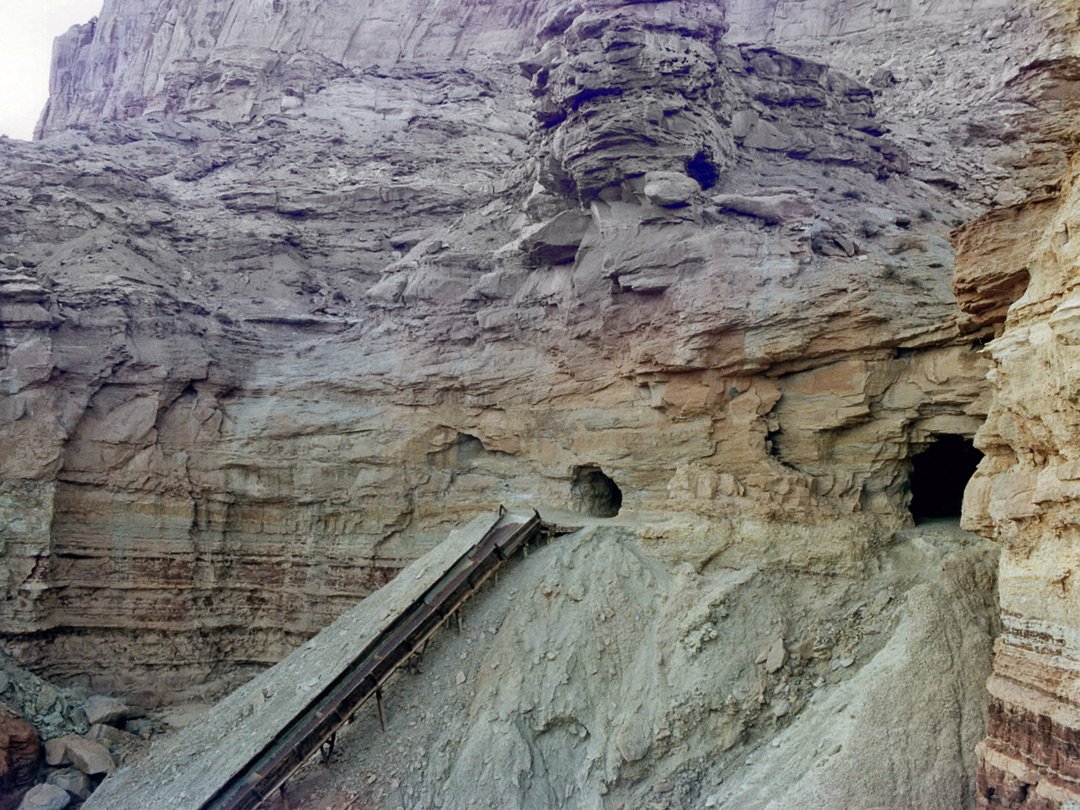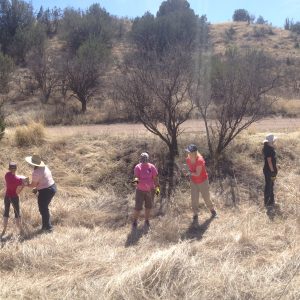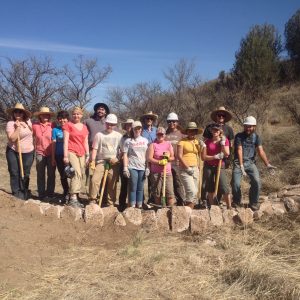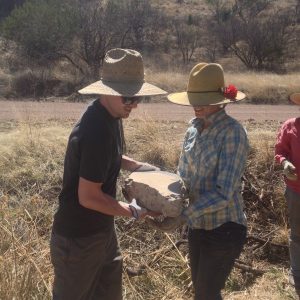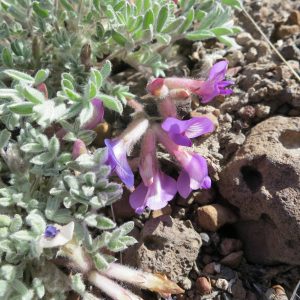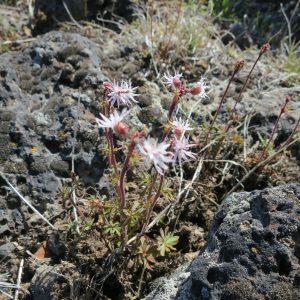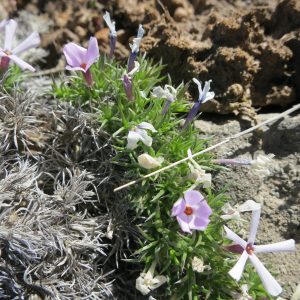Over the last few weeks, I’ve been learning about the future of management and policy adjustments necessary to address changes in the listing status for the Black-footed ferret (BFF) in the State of Wyoming, as all BFFs will now be considered 10(j) populations . The 10(j) connotation is specific to that section and part of the Endangered Species Act discussing experimental populations. In this instance, the existing populations of black-footed ferrets in Wyoming are considered non-essential to the continued existence of the species. BFF management is typically tied directly to management of habitat for their specialized food source, prairie dogs.
I’ve also been assisting with a Congressional data call involving a significant undertaking to collect information and correspondence related to the conservation efforts for greater sage-grouse across the west. Sage grouse have been and will continue to be a source of debate and interest in Wyoming and across the west. The USFWS is scheduled to have a listing decision in the fall of 2015, and the bearing of that decision regardless of the final ruling, will have impacts biologically, economically, and politically. The interworkings of how species listings shape and change policy is a complicated one that requires a lot of people working diligently to manage public lands to the best of their ability, and I continue to learn the processes piece by piece…

